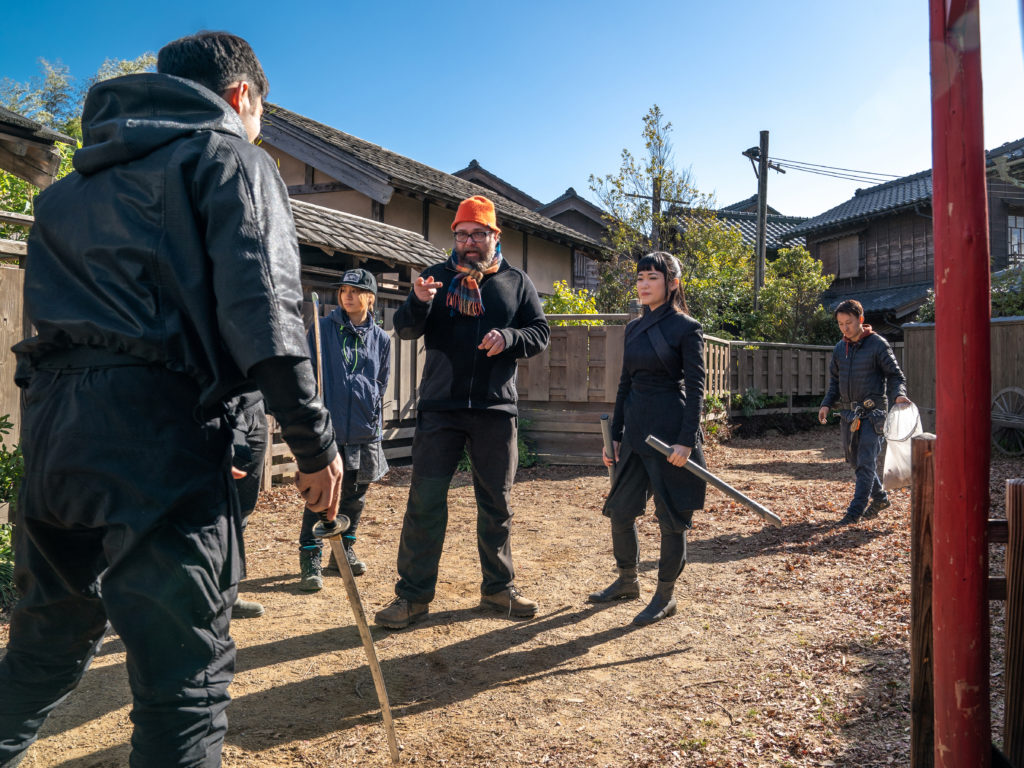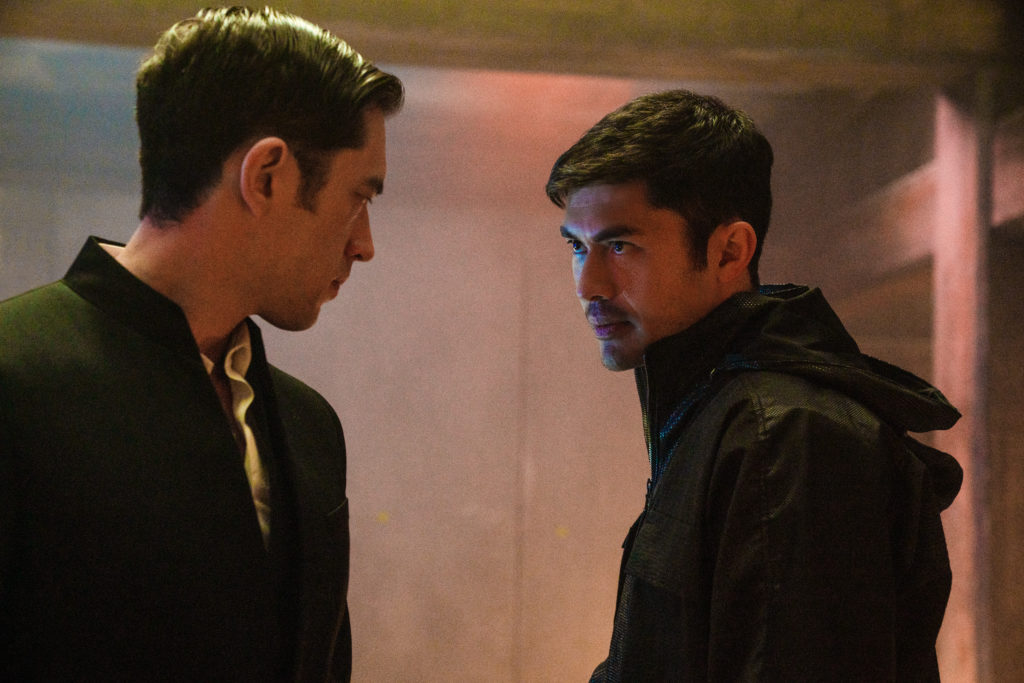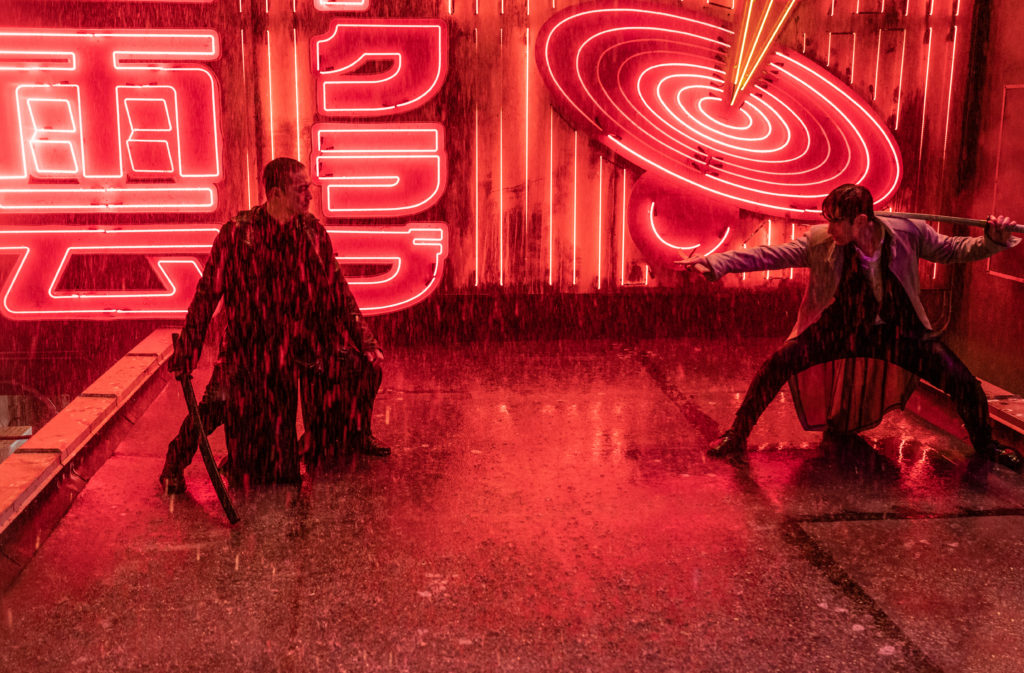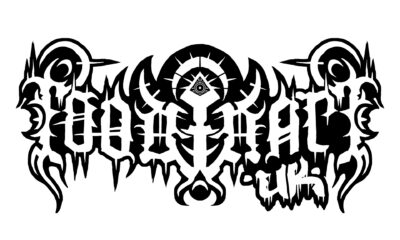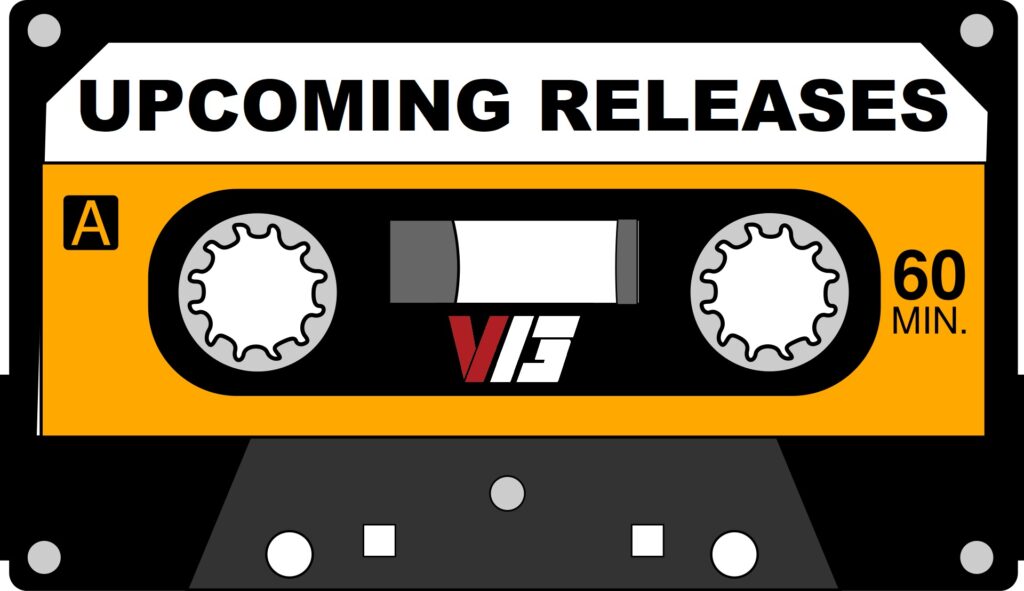Film
With ‘Snake Eyes: G.I. Joe Origins’ Now Available, Creator Larry Hama Discusses the Franchise’s Popularity [w/ Audio]
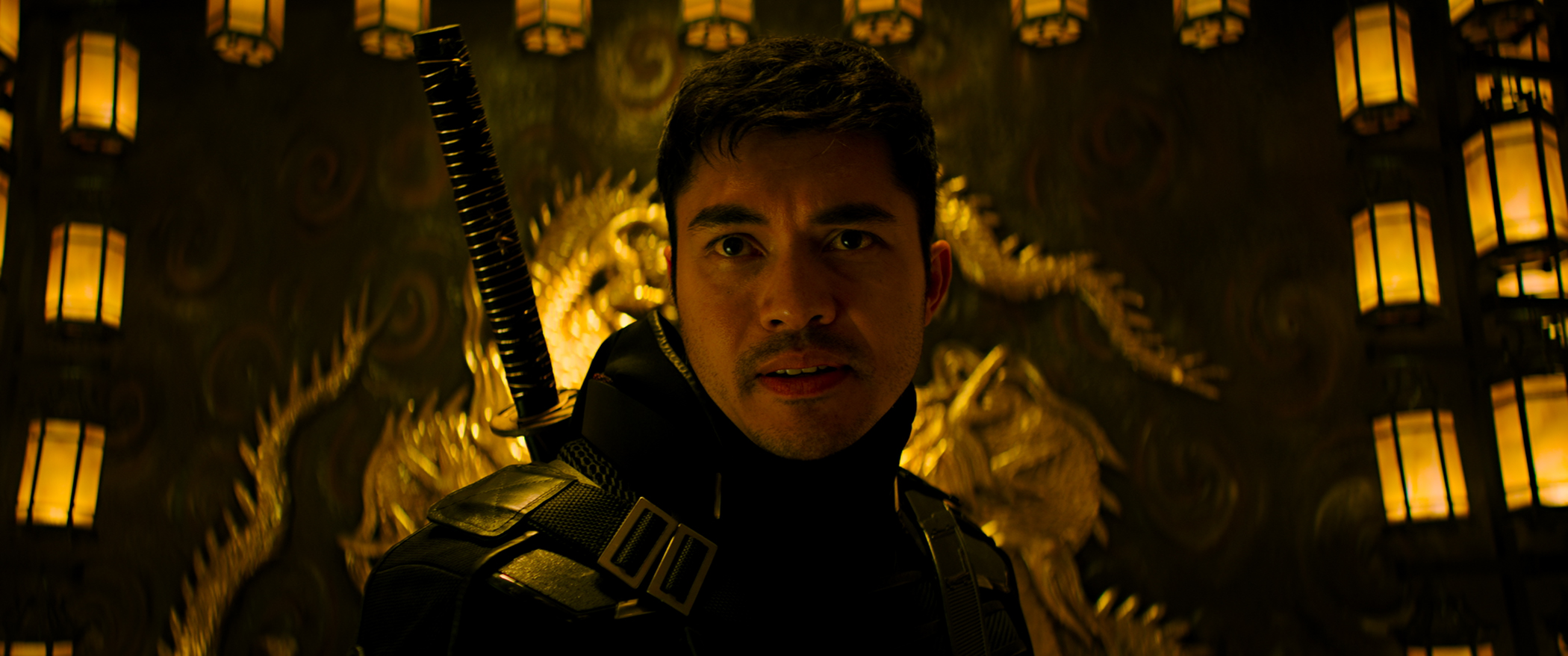
It’s the origin story fans have been waiting for! Discover the origins of the iconic G.I. Joe hero, Snake Eyes (Henry Golding), in this action-packed, edge-of-your-seat adventure. Welcomed into an ancient Japanese clan called the Arashikage after saving the life of their heir-apparent, Storm Shadow (Andrew Koji), Snake Eyes joins the battle against the terrorist group COBRA. Will Snake Eyes become the ultimate ninja warrior? His testing pushes him to the limits! When past secrets are revealed, his honour and allegiance will be tested, even if that means losing everything he has been fighting for. Also starring Úrsula Corberó as Baroness and Samara Weaving as Scarlett.
Snake Eyes is a character from the G.I. Joe: A Real American Hero toyline, comic books, and animated series, created by Larry Hama. Snake Eyes is one of the original and most popular members of the G.I. Joe Team. He is most well known for his relationships with Scarlett and Storm Shadow. Snake Eyes is one of the most prominent characters in the G.I. Joe: A Real American Hero franchise and has appeared in every franchise series since its inception.
Snake Eyes: G.I. Joe Origins is available now for Premium Digital purchase and on Premium-Video-On-Demand, and will be available on 4K Ultra H.D., Blu-ray, and DVD on October 19th.
Larry Hama took a few minutes out of his day to discuss Snake Eyes with us recently. Enjoy the audio from the interview included here via SoundCloud.
I want to ask you all kinds of questions about Wally Wood, Berni Wrightson, and Neal Adams, but I think I’ll hold off on that.
Larry Hama: (laughs) “Ok.”
Can you talk a little bit about getting attached to the comic G.I. Joe in the early 1980s? How that came about?
“Hasbro came to Marvel and wanted a comic around G.I. Joe. This was in the early 1980s. Hasbro said they were really good at doing toys, but you guys are the experts at doing comics. So they said, ‘you do the comic, and we won’t interfere,’ which was cool. You have to understand that comics based on licensed toys were the bottom of the barrel at that time. The licensing fee came off the top of their page rate. So you got paid less to do a toy book. So no A-list artist would ever want to do it.
“So the editor in chief at Marvel asked every contract writer if they wanted to write the book and every contract writer turned it down. So he went from every editorial office to the editorial office and asked the editors and assistant editors if they wanted it. My office was the last in the row, everybody else had already turned it down, and I took it. I’d been trying to get writing work for years, and nobody at Marvel would let me write anything. They thought I was an artist and not a writer. It was my only chance to get my foot in the door to writing comics, so I took it. If it had been Barbie (comics), I would have taken Barbie.”
- Henry Golding, Director Robert Schwentke and Haruka Abe on the set of Snake Eyes: G.I. Joe Origins from Paramount Pictures, Metro-Goldwyn-Mayer Pictures and Skydance.
- Andrew Koji plays Tommy/Storm Shadow and Henry Golding plays Snake Eyes in Snake Eyes: G.I. Joe Origins from Paramount Pictures, Metro-Goldwyn-Mayer Pictures and Skydance.
- Takehiro Hira plays Kenta and Andrew Koji plays Tommy/Storm Shadow in Snake Eyes: G.I. Joe Origins from Paramount Pictures, Metro-Goldwyn-Mayer Pictures and Skydance.
Did you have any idea at the time that G.I. Joe would be such a big part of your life?
“Absolutely not. In fact, everybody at Marvel told me not to do this because you will be a pariah. If you do a toy-licensed book, they will never offer you an A-List book again. You are categorizing yourself as a C-list talent by doing this.”
What was the appeal to you about writing over top of drawing? Because my memory is that you are a very talented artist.
“When I started at Marvel my page rate was 23 dollars a page. I could barely do a page a day. And one day, I got a plot for a 20-something page comic; it was one paragraph spoken to me over the phone; about three sentences. I had to do an entire book from that plot. I realized that the ‘writer’ was making 50 dollars a page, and he was knocking out two to three comics a week. And I could barely do one a month. He was making, what, 1,800 times more than I was? (laughs) Do you know what I mean? He was buying himself second houses and stuff in Pennsylvania, making money hand over fist, and I literally could have made more money flipping burgers at Burger King. I was barely making 129 dollars a week. So I thought, ‘How do I get onto this gravy train?’ I spent the next ten years trying to get a writing gig.
“I remember buying the first issue of G.I. Joe off the newsstand in my small hometown. I bought it because it was unique to me; it was double-sized on premium paper. I didn’t have any access to the direct market at the time. It just looked super-clean, and that appealed to me.”
What issue was that?
“Issue one. It was two stories jammed into the first issue.”
I think that was 22 pages with an eight-page backup. It was maybe 30 pages.
“Maybe the advertising padded it out? It felt thick to me. It wasn’t the G.I. Joe that I was used to. I was used to the ‘70s 12-inch toys with the kung-fu grip and all of that. I didn’t know who any of these characters were. So that also appealed to me.
“The characters didn’t exist until then. Back then, the whole idea was that these 3 and 3/4 inch figures came around because of the oil crisis. The price of petroleum skyrocketed, and ergo the price of plastic. So it was no longer practical to be doing these 12-inch figures at a reasonable Toys-R-Us price-point.”
I don’t even think we got those toys up here in Canada. I didn’t see them in any stores that I frequented up here.
“The 12-inch figures?”
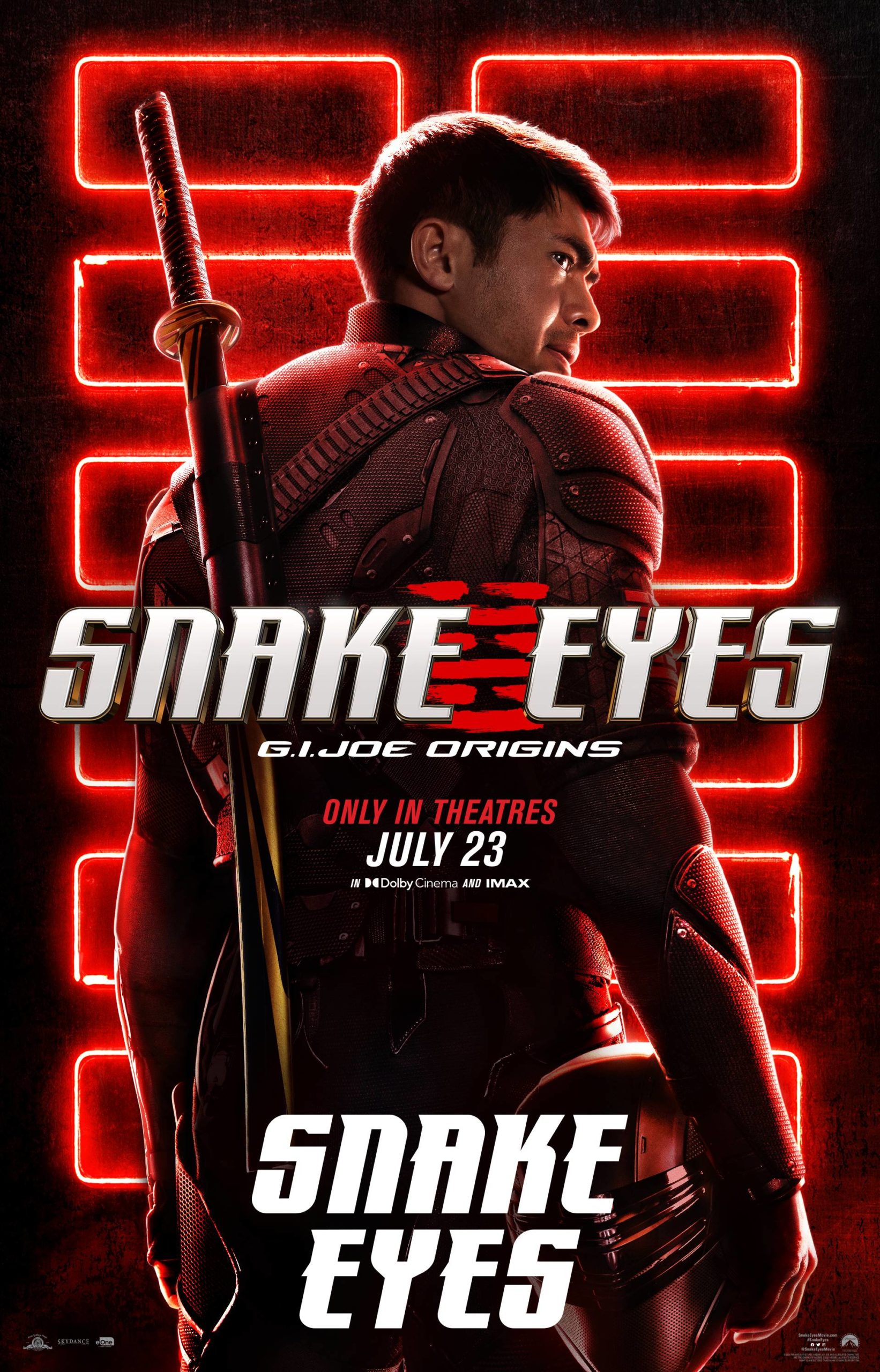
Artwork for ‘Snake Eyes – G.I. Joe Origins’
No the smaller ones that tied in with the comic book. I could never find them anywhere.
“They had them; I’m sure they did. They had the comic in Canada. They even had them in French. I was invited to a comic convention in Montréal back in the ‘80s. I accepted the invitation, but they neglected to tell me that the entire event was going to be in French.”
Awesome.
“(laughs) I got up there, and kids were coming up to me and jabbering away at me in French and handing me the French editions. I was credited as the writer, so they assumed because they had read it in French that I could speak French (laughs). I just nodded and signed. What can you do? I’m pretty sure they had a distribution of toys there. I think you got the British version, which was something like Action Force.”
Ok, yeah. What do you think has made the Snake Eyes character such a popular character with fans over the years?
“At first, it was because he was the universal fantasy; he was covered in head to foot, so no matter what he looked like, you could fantasize yourself as being Snake Eyes. And then, with each episode that he was in, I got to make him even more badass. The badassery factor played into that also. The other fantasy that many people don’t realize, which is a bit subliminal, is his relationship with Scarlett, who accepts him even though he’s extremely disfigured. That fantasy of no-strings-attached loyalty and affection is an awfully strong fantasy element.”
-

 Music2 weeks ago
Music2 weeks agoTake That (w/ Olly Murs) Kick Off Four-Night Leeds Stint with Hit-Laden Spectacular [Photos]
-
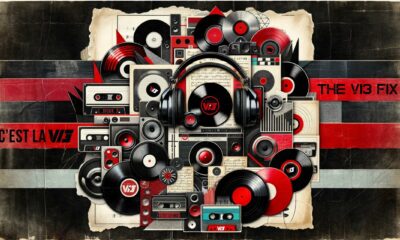
 Alternative/Rock5 days ago
Alternative/Rock5 days agoThe V13 Fix #011 w/ Microwave, Full Of Hell, Cold Years and more
-

 Alternative/Rock2 weeks ago
Alternative/Rock2 weeks agoThe V13 Fix #010 w/ High on Fire, NOFX, My Dying Bride and more
-

 Features1 week ago
Features1 week agoTour Diary: Gen & The Degenerates Party Their Way Across America
-

 Indie5 days ago
Indie5 days agoDeadset Premiere Music Video for Addiction-Inspired “Heavy Eyes” Single
-

 Music2 weeks ago
Music2 weeks agoReclusive Producer Stumbleine Premieres Beat-Driven New Single “Cinderhaze”
-

 Folk5 days ago
Folk5 days agoKatherine Perkins Strikes the Right Tone with Her “Hold On” Music Video Premiere
-

 Country1 week ago
Country1 week agoBrooke Ashton Chats About Her “Someone” Single, Creative Process, and More!

